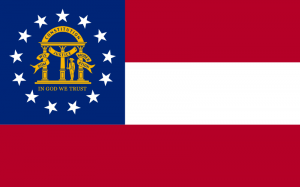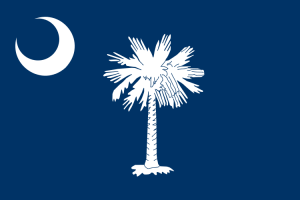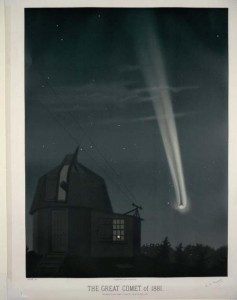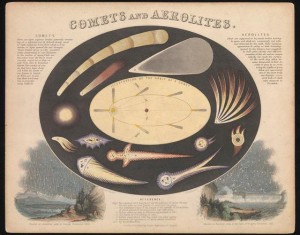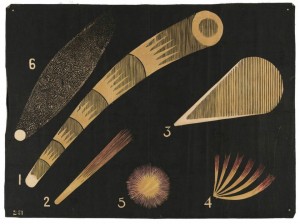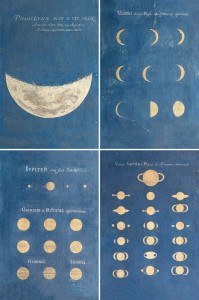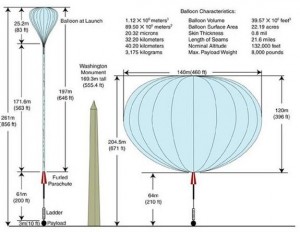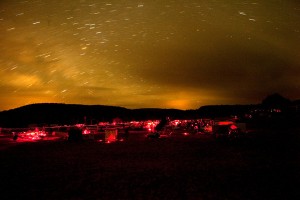Here’s an artist’s rendition of how Comet ISON, the “Comet of the Century,” might look in December this year, from earthsky.org:
And here’s a recent piece in Space.com that recalls another famous Comet of the Century:
“Remember Kohoutek?
“If you’re of a certain age, this story might have a familiar ring. Indeed, exactly 40 years ago, a comet by the name of Kohoutek was also discovered at a tremendously large distance from the sun, en route to a close solar encounter in late December 1973.
“Like ISON, Kohoutek was expected to dazzle — perhaps more than 100 times brighter than Venus. It, too, was dubbed “the comet of the century,” but in the end, Kohoutek turned out to be much dimmer and put on a rather disappointing show.”

